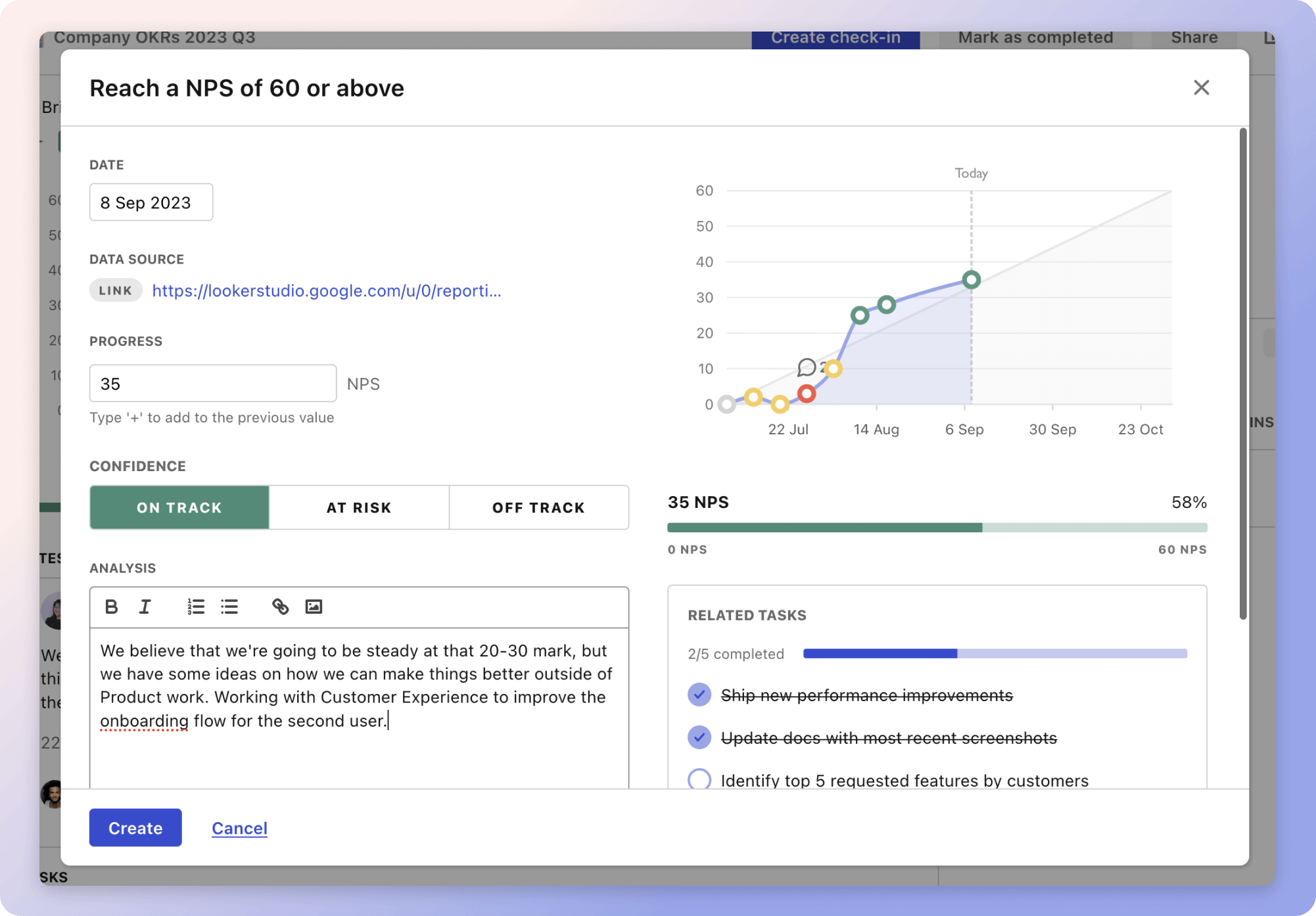Starting a business involves a strategic approach aimed at successfully launching and establishing a new venture. The first step is identifying a viable business idea. This involves conducting market research to discover gaps, evaluating personal skills, and addressing customer pain points. For instance, conducting surveys helps validate the idea, while competitor analysis reveals differentiation opportunities.
Once a solid idea is identified, developing a comprehensive business plan is crucial. This plan outlines the business’s mission, financial projections, target market, and marketing strategy. Details such as operational plans, resource needs, and risk management strategies ensure a robust foundation.
Finally, launching and growing the business requires registering the company, setting up an online presence, and utilizing effective marketing strategies. Networking with industry contacts and constantly refining operational processes based on feedback are vital steps. Performance measurement and strategic updates help in adapting and expanding the business over time.
The strategies
⛳️ Strategy 1: Identify a viable business idea
- Conduct market research to identify potential gaps in the market
- Assess personal skills and interests to align with the business idea
- Evaluate customer pain points and how your business can solve them
- Analyze competitors to determine differentiating factors
- Validate the business idea through surveys and feedback from potential customers
- Explore trends and future possibilities in the industry
- Define the scope and scale of the business idea
- Test the idea with a small focus group
- Consider intellectual property aspects and uniqueness
- Refine the business idea based on the insights gathered
⛳️ Strategy 2: Develop a comprehensive business plan
- Outline the business mission, vision, and objectives
- Create detailed financial projections including startup costs and revenue forecasts
- Define target market and customer segments
- Craft a marketing and sales strategy
- Determine the operational plan and logistics
- Identify necessary resources including personnel, technology, and equipment
- Establish a timeline and milestones for business development
- Identify potential risks and mitigation strategies
- Include a funding and investment strategy
- Review and revise the business plan with advisers and mentors
⛳️ Strategy 3: Launch and grow the business
- Register the business and comply with legal requirements
- Set up a business website and social media profiles
- Leverage online and offline marketing strategies to create brand awareness
- Network with industry contacts and potential partners
- Continuously gather customer feedback for improvements
- Refine operations based on early-stage learnings
- Establish a customer service protocol to build loyalty
- Explore expansion opportunities and partnerships
- Measure performance against objectives and KPIs
- Regularly update the business plan and strategy to adapt to changes
Bringing accountability to your strategy
It's one thing to have a plan, it's another to stick to it. We hope that the examples above will help you get started with your own strategy, but we also know that it's easy to get lost in the day-to-day effort.
That's why we built Tability: to help you track your progress, keep your team aligned, and make sure you're always moving in the right direction.

Give it a try and see how it can help you bring accountability to your strategy.
